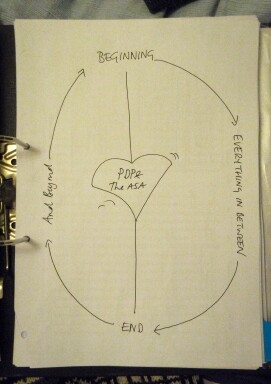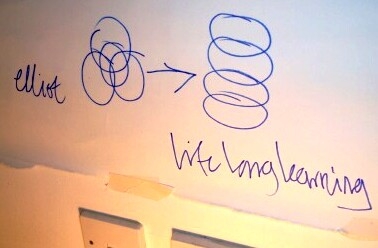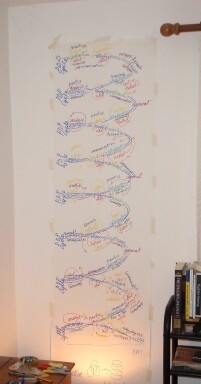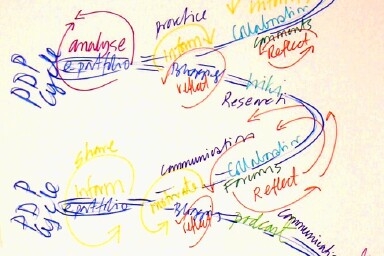1st November 1999
The proposal I'm putting together on a web content creation best practice as a distance learning site necessitates that I take a step back to understand the medium better.
I've currently got my head buried in "Creative Content for the Web," by Marc Millon.
Most of the notes are elsewhere, but I wanted to pick this quotation out here.
"Writing that is undertaken simply for the writer's own satisfaction is often self-indulgent and rarely successful."
(Like telling people about the dream you had.A decade on I should be writing my own book).
This is what most diary writers are guilty of.
I dedicated my first diary to my Mother; I started writing this when I was 13.
(It reveals very little, it was one of the Five Year jobs. Maybe it prepared me for Twitter; I reckon there was room for 200 words. Often I seem to consider it noteworthy that I had a bath and fed the guinea-pigs. With my first girlfriend it gets more interesting and charts this all the way to marriage, children and beyond - so beyond indeed that they are both teenagers. I stopped writng about their antics when they made it into secondary schol. In any cad, they're online and leaving their own snale-trails.)
There are entries I wrote in the early 1990's addressed to my fiance; the rest of it suffers from not having anyone other than me in mind, and my goal wa simply to say enough to record events, places and people. This works, it will usually bring back vivid recollections.
A writer's journal would have value had anything come of it.
Writing on topic, say e-learning or social media, a niche non-fiction writer, is proving more enduring.
As a professional communicator who constantly tells himself and clients to understand then address the audience, am I not guilty of farting in the wind too? (I wrote in 1999).
(I put this question to myself having been keeping by then an on online diary for all of two months. 12 years on the value of this content is how it is catergorised and tagged, the greater professionsal value coming from periods of professional devlopment. I had to shift how and what I wrote though from the secret diary confessional, to accounts where people's names are disguised and of course no professional confidentiality breached.)
Earlier today I thought these entries should be addressed to Darlingest and I, ten years and twenty years hence, when we'll derive greatest pleasure from remembering how we were coping with Zozo and TBT.
(This true. I'm migrating some 60 to 100 entries on parenthood to www.mrsdaddy.wordpress.com.)
More from "Creative Content for the Web".
I learn that there are over 1 million homepages. (Remember, this is from an online diary entry of November 1999).
The author asks why and imagines the reason, “like Everest, because it is there. Because, quite simply it has become possible to do so".
The medium itself has become an extension of our very selves and we have been changed in the process. Indeed, we probably need look no further for the raison d’être of the rise of the Homepage than the fundamental human desire to leave a mark, somewhere, anywhere, to be noticed, indeed to be an individual, not in this age of alienation, a faceless number, an employee, a nobody”.
(Were these early diaries like sticking your hand up or carving your name? They became a soapbox and much more as we found a readership, and more importantly like-minds with whom to share.)
The author goes on to talk about diaries, what now (a few months later) we call online journals. He imagines there could be thousands. There are!
"Web Litter" is an interesting concept.





